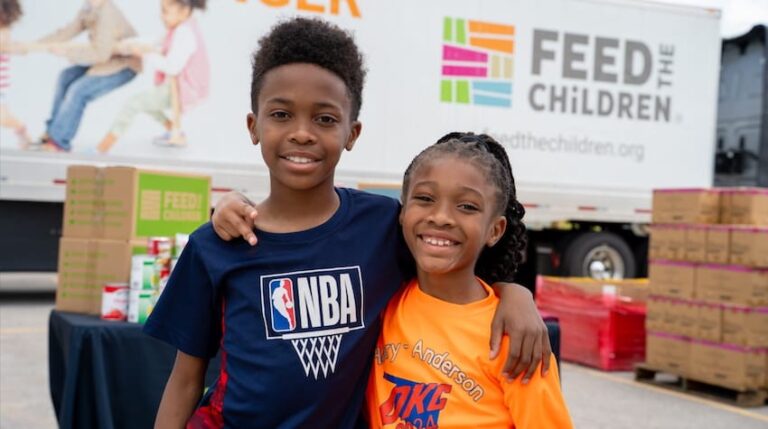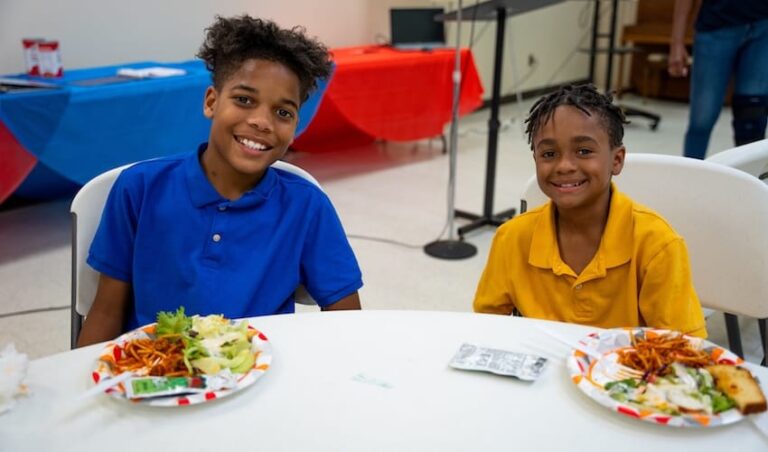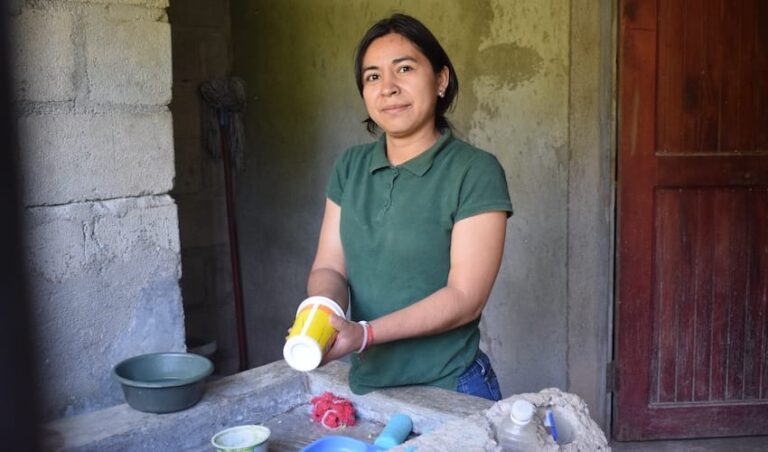
The Food Desert Landscape
Food insecurity as defined by the USDA is the lack of consistent access to enough healthy food for an individual to live a healthy, active life. In the United States, 1 in 10 households and 1 in 5 children are food insecure.
In any family, food insecurity is usually caused by multiple, compounding factors. Loss of income due to the death of a parent or a job loss, the birth of a child and need to pay for childcare, and medical expenses can all play a role in pushing a family into food insecurity. Widespread external factors such as inflation also put families at risk.
These are some of the most dramatic examples of how a family can experience food insecurity. But did you know that something as small as the closure of a single grocery store can also push a family from food security to insecurity?
When an area, especially one with many lower-income, elderly, or otherwise at-risk residents, loses its only grocery store, it quickly becomes a food desert. These are locations in which most or all of the population struggles to access – or afford – enough nutritious food.
In 2023, major retailers collectively closed hundreds of locations, and hundreds more independent grocers shut down as well. Although some of these closures went unnoticed due to plentiful alternatives, others left a desert in their wake.
A local news site in Alburquerque reported on the closure of one such small grocer and its effect on the nearby population. Former shoppers expressed concern at the closing, as well as trepidation for the future. With this store’s closure, they will now have to go an additional two miles if they want the same variety of food, including fresh fruits and vegetables.
Two miles on a well-maintained stretch of road – with wide, clear sidewalks, good lighting, and high visibility for safety – doesn’t seem like much. With a reliable vehicle, even less. But these are luxuries that people living in food deserts often don’t have. Most of the shoppers at the closed Alburquerque supermarket walked there. An additional two-mile trek for food easily adds an hour to every shopping trip – time these shoppers may not have to spare. Many of the people Feed the Children serve are single parents, some of whom work two or more jobs, or take whatever shift work is available, in order to make ends meet.
One of these single parents is Kim, a hairdresser in South Nashville. At a recent food distribution event, Kim told us about the struggles of providing herself and her kids with nutritious food:
“Anything like fresh produce, it’s very, very complicated to get to in this community,” she said. “We don’t have grocery stores nearby. The only thing that we have to shop at is a dollar store and a gas station. The closest grocery stores are maybe five to ten miles away. When I first moved here, I had a vehicle. When I lost it, I understood what the struggle was.”
The best way to eliminate food deserts is fix their root causes: to reopen more stores; increase public infrastructure so even those without cars can travel to them; make sure people are paid enough to afford what they need when they go shopping. But these changes will take time, and families living in food deserts now can’t wait. Your support of Feed the Children helps provide hungry families with essential food, hygiene products and household supplies, freeing up scant time and resources.






